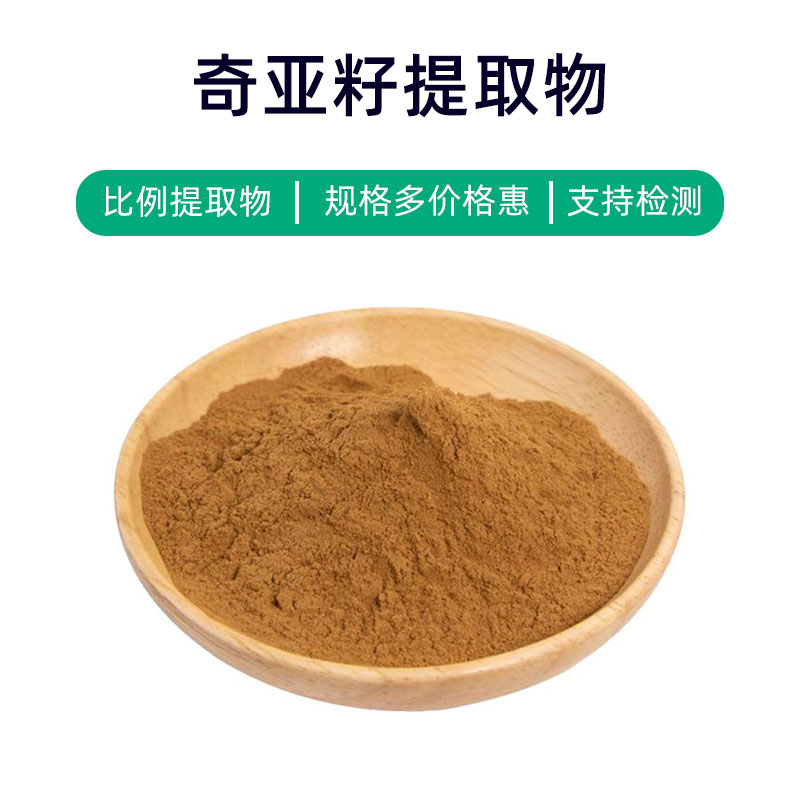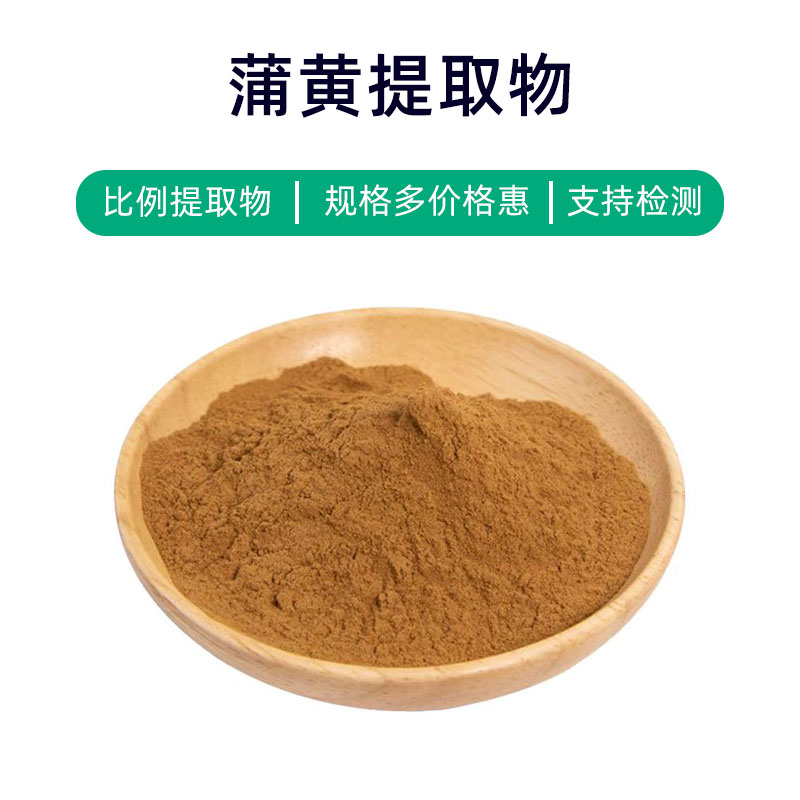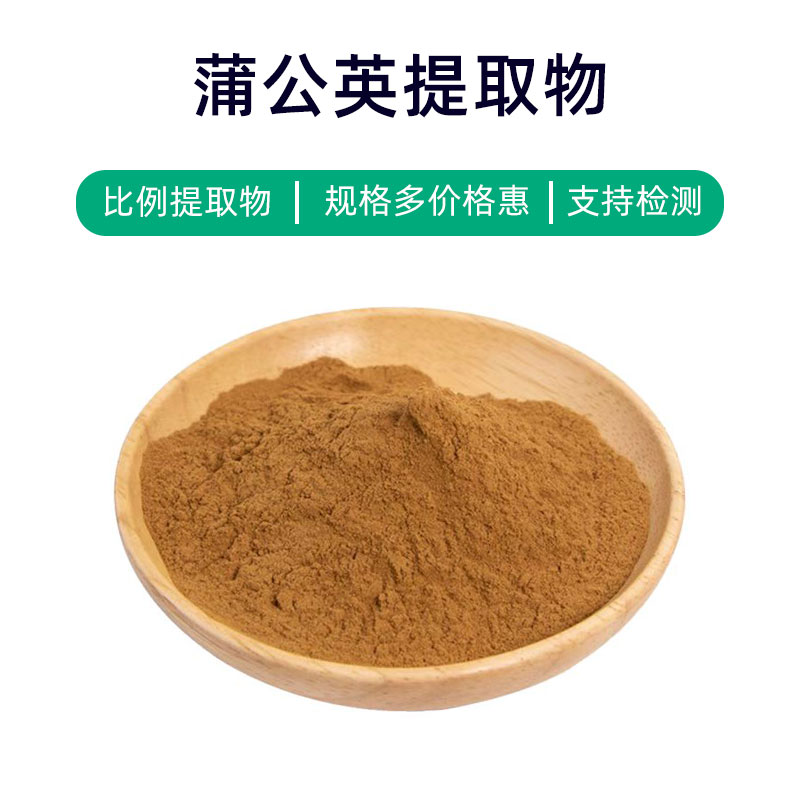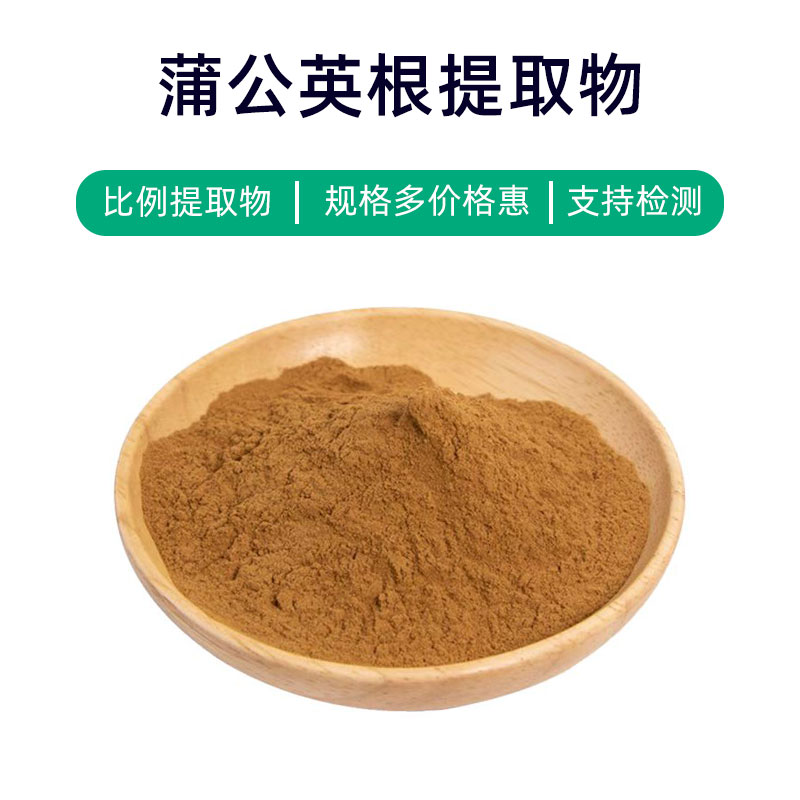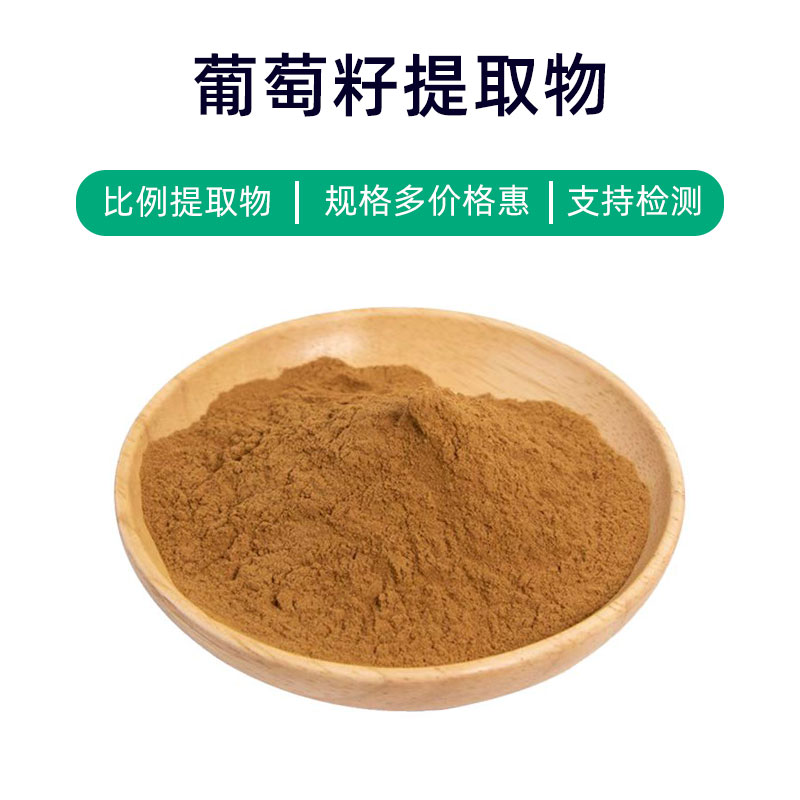Red Bean Extract Product Introduction
Red bean extract is a natural plant extract derived from the seeds of red beans, mainly consisting of isoflavones, polyphenols, proteins, vitamins, and minerals. It is widely used in health supplements, pharmaceuticals, food, and cosmetics.
Red bean extract has multiple effects. Firstly, it is rich in antioxidants that can neutralize free radicals, slow down aging, and protect cells from oxidative damage. Secondly, it has anti-inflammatory properties that can alleviate inflammation and reduce pain. Additionally, red bean extract has been found to lower blood sugar, regulate blood lipids, and promote digestion, providing health benefits.
In terms of application, red bean extract is commonly found in various health supplements, skincare products, and weight loss items. In supplements, it is often used for blood sugar regulation, lowering blood lipids, and heart protection. Its antioxidant and anti-inflammatory properties in skincare products can help reduce skin inflammation, diminish pigmentation, and combat aging. Furthermore, red bean extract is often utilized in the food industry as an additive to enhance nutritional value and functionality.
Red Bean Extract Production Process
The production process of red bean extract typically includes the following steps:
- Raw Material Preparation: Select mature red bean seeds, wash and sift them to remove impurities and foreign substances, ensuring high-quality raw materials.
- Crushing: Crush the cleaned red bean seeds to enhance extraction efficiency, typically using mechanical crushing or grinding methods.
- Extraction: Soak the crushed red bean seeds in an appropriate solvent (such as water or ethanol) to dissolve the active ingredients into the solvent.
- Concentration: Concentrate the extract solution, usually employing vacuum concentration or membrane concentration techniques to remove excess solvent and concentrate the extract.
- Precipitation and Separation: After concentration, perform precipitation and separation to separate the precipitate from the clear liquid using centrifugation or filtration.
- Drying: Dry the separated precipitate, typically using spray drying, vacuum drying, or sun-drying to turn it into a powdered form.
- Crushing and Screening: Crush and screen the dried red bean extract to control particle size, with a common range of 80-100 mesh.
- Quality Testing: Conduct quality testing on the extract, including appearance inspection, component analysis, and microbial testing to ensure the product meets quality standards.
- Packaging and Storage: Package and label the extract that has passed quality inspection, typically using airtight packaging, stored in a cool, dry place away from direct sunlight and high temperatures to maintain its stability and quality.
Efficacy and Side Effects of Red Bean Extract
Red bean extract has various effects, mainly including:
- Antioxidant Properties: Rich in natural antioxidants such as polyphenolic compounds and vitamins, it can eliminate free radicals in the body, reduce oxidative stress, and protect cells from oxidative damage.
- Blood Sugar Reduction: Research shows that some active components in red bean extract can lower blood sugar levels, assisting in blood sugar regulation, making it beneficial for diabetes patients.
- Diuretic and Detoxifying: Rich in plant proteins and various minerals, red bean extract has diuretic properties that help excrete waste and toxins from the body, maintaining internal environmental balance.
- Anti-inflammatory and Swelling Reduction: Some active components in red bean extract have anti-inflammatory effects, alleviating symptoms of inflammatory diseases like arthritis and rheumatism.
- Lipid Regulation: Studies have found that some components in red bean extract can regulate blood lipids, lowering cholesterol and triglyceride levels, thus preventing cardiovascular diseases.
- Immune Enhancement: Containing abundant vitamins and minerals, red bean extract can strengthen immune function, improving resistance and preventing colds and other illnesses.
- Digestive Improvement: The dietary fiber in red bean extract promotes intestinal motility, increases bowel movement frequency, and alleviates constipation, supporting digestive health.
- Beauty and Skin Care: The vitamin E and polyphenols in red bean extract have anti-aging effects, promoting skin metabolism, reducing wrinkles and pigmentation, and maintaining skin smoothness and elasticity.
Despite its many benefits, caution should be taken regarding dosage and individual differences during use to avoid potential side effects like allergic reactions or digestive issues. It is advisable to use under the guidance of a healthcare provider or nutritionist and to avoid excessive consumption.
Application Scenarios and Dosage of Red Bean Extract
Red bean extract has broad applications in the fields of medicine, food, and cosmetics. Here are the specific application scenarios and recommended dosages:
- Medical Field:
- Blood Sugar-Lowering Medications: Red bean extract may be used as a natural blood sugar-lowering agent, commonly for assisting in diabetes treatment. The suggested oral dosage is generally 200-400 mg per day, adjusted based on individual circumstances and physician advice.
- Anti-inflammatory Medications: Due to its anti-inflammatory properties, red bean extract can be used to treat conditions like arthritis and rheumatoid arthritis. Common dosage is 200-400 mg per day, divided into 2-3 doses.
- Food Industry:
- Functional Foods: Used as an additive in functional foods for lowering blood lipids and regulating blood sugar. A typical use is to add the extract to beverages, oatmeal, cereals, etc., with amounts of 1-3 grams per serving.
- Health Supplements: Commonly included in health supplements to help improve internal environments and promote metabolism, with usual dosages being 200-400 mg daily, adjusted according to product instructions.
- Cosmetic Field:
- Skincare Products: Rich in antioxidant components like vitamin E, red bean extract can be used in skincare products to provide anti-aging, moisturizing, and soothing effects. A typical use amount is appropriate, applied evenly to the face or skin, massaged until absorbed.
- Beauty Products: Often included in beauty products like masks and serums to enhance skin elasticity and reduce wrinkles, with amounts and frequency adjusted per product instructions.
Please note that the dosage and application methods of red bean extract may vary across different scenarios and uses, so it is advised to carefully read product labels and follow the recommendations of healthcare professionals. Individuals with allergies or other sensitivities should cease use immediately and consult a doctor.
Introduction to the Source Plant of Red Bean Extract, Distribution, and Growth Environment
Red beans (scientific name: Phaseolus angularis) are a type of legume belonging to the common bean genus. They are typically used for food and medicinal purposes and are an important crop. Below is detailed information about the source plant of red bean extract, its distribution, and growth environment:
- Plant Introduction:
- Red beans are annual herbaceous plants that grow about 30-60 cm tall, with upright or climbing stems. Their leaves are palmately compound, composed of three leaflets, which are oval or lanceolate in shape with a smooth, glossy surface.
- The flowers of red beans are usually purple-red or pink, with a butterfly-shaped corolla featuring two large petals and two smaller ones, and the flower buds have hooked tips.
- Distribution:
- Native to East Asia, red beans are primarily found in countries and regions such as China, Japan, Korea, and Vietnam. Their distribution in China is extensive, covering Northeast, North China, Northwest, East China, Southwest, and South China regions.
- Growth Environment:
- Red beans prefer warm and humid climates and exhibit strong adaptability to temperature, with optimal growth temperatures ranging from 20-28 degrees Celsius. They have moderate soil requirements, best suited to loose, well-drained, fertile soils.
- While red beans demonstrate strong cold resistance, they are sensitive to drought and flooding, requiring ample sunlight and moisture during the growing season. Therefore, proper irrigation and drainage management are crucial for increasing yield.
- Cultivation Methods:
- Red beans are relatively easy to cultivate, typically sown in spring and harvested in autumn. Prior to sowing, the soil must be properly tilled and fertilized to provide adequate nutrients and a suitable growth environment.
- During the growing period, regular weeding and fertilizing are necessary management practices, along with timely pest and disease control to ensure healthy growth and high yields.
In summary, red beans are a highly adaptable crop capable of achieving good yield and quality under suitable growing conditions. Being nutrient-rich and possessing multiple medicinal values, they are widely cultivated and utilized.
Processing and Storage of Red Bean Extract
The processing of red bean extract generally involves several steps: initially cleaning and removing impurities, followed by crushing and grinding to extract effective components. This is followed by the extraction process, which typically includes methods like water or alcohol extraction to obtain active ingredients from the beans. The extract generally goes through filtration, concentration, and drying steps, resulting in either powdered or liquid extract.
When storing and preserving red bean extract, it should be placed in a dry, cool, and ventilated environment, avoiding direct sunlight and high temperatures. Powdered extracts should be stored sealed to prevent moisture absorption. Liquid extracts should be kept in sealed containers and used promptly or refrigerated to extend shelf life. Regular checks on the extract's condition should be performed to ensure quality and purity.
Monica Sun is a seasoned expert in the plant extraction industry with over a decade of experience in research and production. She specializes in the extraction and purification of plant active ingredients, focusing on driving innovation in natural product applications. Monica has participated in the development of multiple functional plant extracts, delivering high-value natural raw material solutions for the health food, pharmaceutical, and dietary supplement sectors.









